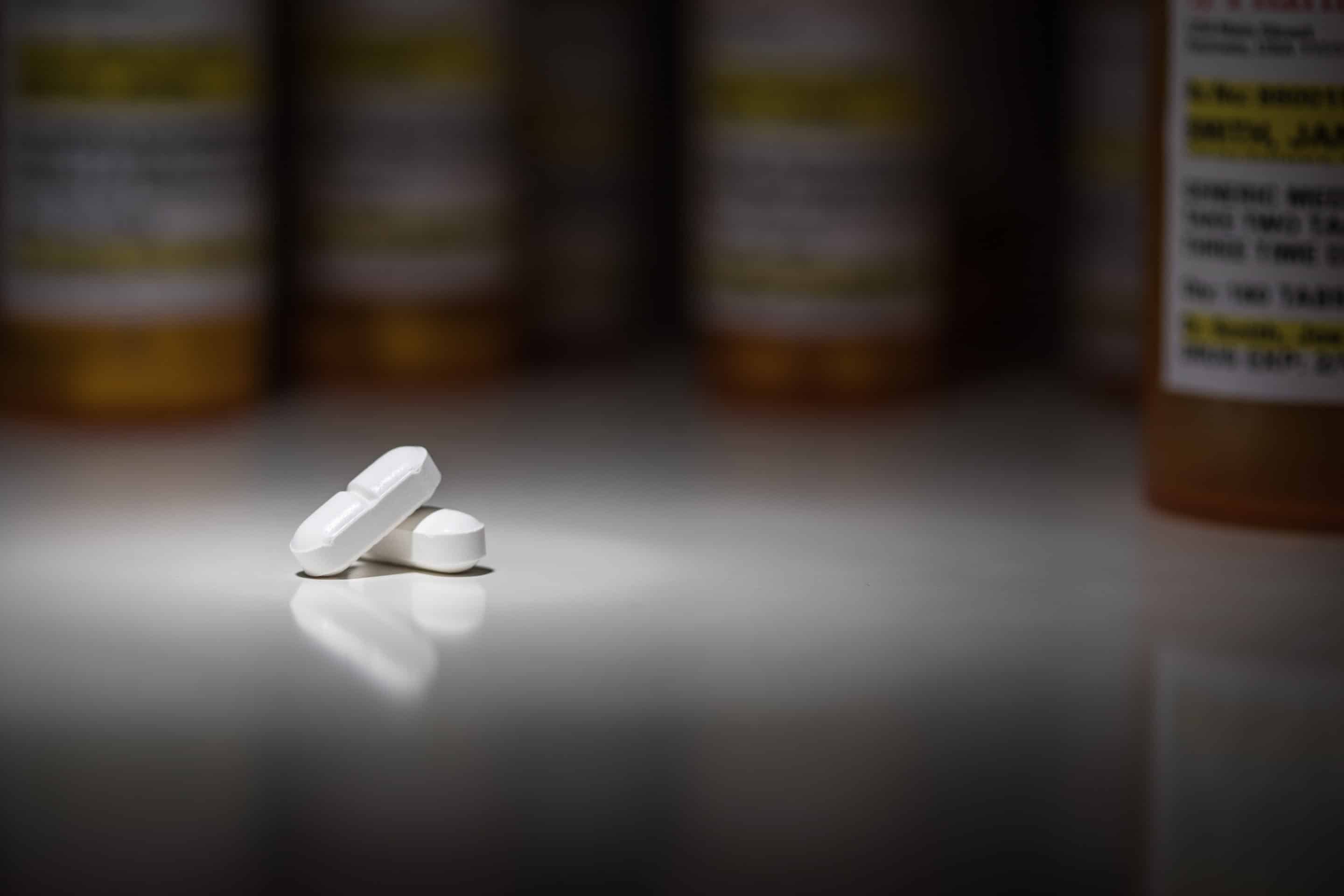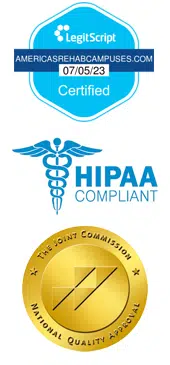
As we get to the midway point of 2022, many of us are taking a look back to see how the year has progressed. There’s no shortage of changes to how everyone lives between recovering from a pandemic and adjusting to the transition between working remote and in office. These changes can be difficult for an individual to adapt to when they already have responsibilities and stressors weighing on them.
2022 has seen the upward trend of drug addiction continue. The increased stress and anxiety surrounding world and national events leads even more Americans to first-time drug use and then drug abuse. Addiction’s impact goes even further than the statistics can uncover. An individual’s friends, family, loved ones and even their community are all impacted by substance use disorder, SUD.
Drug Addiction Statistics in the U.S.
To see how the last year has gone, it’s best to start with a pre-pandemic baseline for comparison. The 2019 National Survey on Drug Use and Health provides us with the most comprehensive look at drug addiction and abuse for the U.S. Overall, 19.3 million adults suffered from SUD which is 7.7 percent of the national population. Of these nearly 20 million individuals, only 11 percent of them received substance abuse treatment.
A substantial factor in the lack of treatment received is the fact that 20 percent of adults with SUD don’t know how or where to get treatment. The number of adults who have a mental illness in addition to SUD is also increasing with nearly 800,000 being reported. Treatment centers are responding by bringing on additional mental health professionals who have experience working with those battling addiction.
Untreated substance abuse also costs the country over $600 billion each year due to imprisonment. It costs nearly $25,000 to imprison an individual compared to the average of just under $5,000 for a year of methadone treatment. The more awareness is spread about addiction treatment, the more lives can be saved and taken back from the grasp of addiction.
Opioid Abuse and Addiction Statistics
There are many who would cite the source of our current addiction situation as being the opioid epidemic. Opioids are commonly used for severe pain relief after a surgery or injury. The fact that these drugs are often first taken due to a prescription means patients may not see any harm in taking them routinely or in slight excess.
The truth is that out of over 91,000 annual overdose deaths, 68,630 of them were linked to natural or synthetic opioids. The imbalance of opioids compared to other drugs is due to the increased presence of fentanyl, a drug 50 times stronger than heroin. It has been cut into other drugs products without the user’s knowledge leading to accidental overdose.
Prescription opioids such as oxycodone and hydrocodone are abused more often than fentanyl but have a fraction of the associated deaths. Opioid abuse and addiction is more common as 96 percent of opioid users were misusing prescription opioids. These individuals will often seek out alternative methods to obtain the drug in question such as stealing prescriptions or getting them through a friend or family member. Thankfully the rate of opioid dispensing has steadily declined in the U.S. according to the CDC.
Breakdown of Current Substance Abuse Statistics
The National Center for Drug Abuse Statistics keeps an updated report on the current situation of drug abuse and addiction. Key points of data from the current report include:
- 31.9 million Americans aged 12 or older have used illegal drugs within the last 30 days, 11.7 percent of the population
- An additional 53 million people reported having misused prescription drugs or used illegal drugs in the last year.
- If alcohol and tobacco are included, the number of individuals 12 and older abusing drugs rose to 165 million.
- Men and women are impacted differently. Men report a 22 percent rate of drug use in the last year compared to 17 percent of women.
- 70 percent of those who use an illegal drug before age 13 develop SUD within 7 years.
Addiction’s reach truly has no limit as it impacts younger children and spreads to more areas of the U.S. More research and funding is being put into addiction treatment than ever before. State and federally-sponsored insurance plans now provide coverage for alcohol or drug addiction treatment that wasn’t available back when the epidemic started. Treatment has never been more accessible.
Find the Right Treatment for You Today
Whether you need to find a rehab center for you or a loved one, America’s Rehab Campus is here for you and your family. Our campus was designed to provide guests with a comfortable and relaxing environment free of the sterile hospital feels other clinics use.
Questions about treatment plans or insurance? America’s Rehab Campuses accepts many insurances including Blue Cross Blue Shield, Cigna, and Tricare. Reach out to our team today for a free and fully confidential consultation or verify your insurance now.

